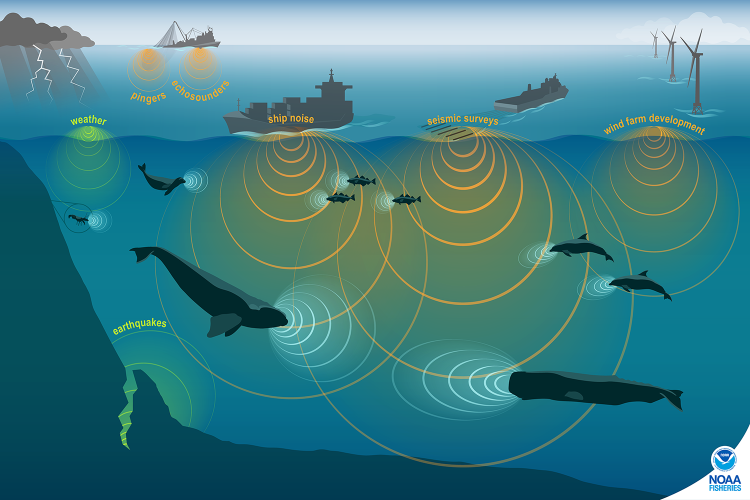Quantum Sensing in Marine Seismic Acoustic Technology: Revolutionizing Underwater Exploration and Security

About Course
Dive into the depths of the ocean and quantum physics with “Quantum Sensing in Marine Seismic Acoustic Technology: Revolutionizing Underwater Exploration and Security.” This cutting-edge course introduces you to the rapidly evolving intersection of quantum mechanics and marine technology, where traditional limits in underwater detection and imaging are being shattered. From ultra-sensitive earthquake detection to detailed seafloor mapping and stealth submarine tracking, quantum sensing promises a new era of precision and clarity beneath the waves.
Whether you’re passionate about oceanography, fascinated by quantum science, or involved in defense and marine engineering, this course will take you on a scientific adventure. You’ll explore how quantum sensors operate at the smallest scales to solve the biggest challenges in underwater exploration, environmental monitoring, and national security. With expert insights, real-world examples, and a forward-looking perspective, this course offers a glimpse into the future of marine seismic acoustic technology—powered by the quantum revolution.
Course Content
Chapter 1: Introduction to Quantum Sensing in Marine Seismic Acoustic Technology
Understanding the basics of quantum sensing and its potential impact on marine seismic technology.
00:00Overview of current limitations in marine seismic acoustic technology and the need for advancements.
00:00